Latest News
Harness the Power of Conversational Analytics: Transforming Business Insights
In today's fast-paced business environment, data-driven decision-making is crucial for success. Companies need easy access to their data and the ability to transform it into actionable insights. This is where conversational analytics powered by artificial intelligence (AI) comes into play. NLSQL is one such AI technology that offers a seamless way for businesses to access valuable data and make more informed decisions. In this blog post, we will explore conversational analytics using NLSQL and discuss its benefits for companies.
What is Conversational Analytics?
Conversational analytics is a type of natural language processing (NLP) that enables users to interact with data using simple, everyday language. By leveraging AI-powered tools, conversational analytics allows users to ask questions and receive insights from data without the need for complex queries or technical expertise. This user-friendly approach streamlines the process of data analysis and empowers employees at all levels to make data-driven decisions.
Benefits of …
More:
Start Your Free Demo Now
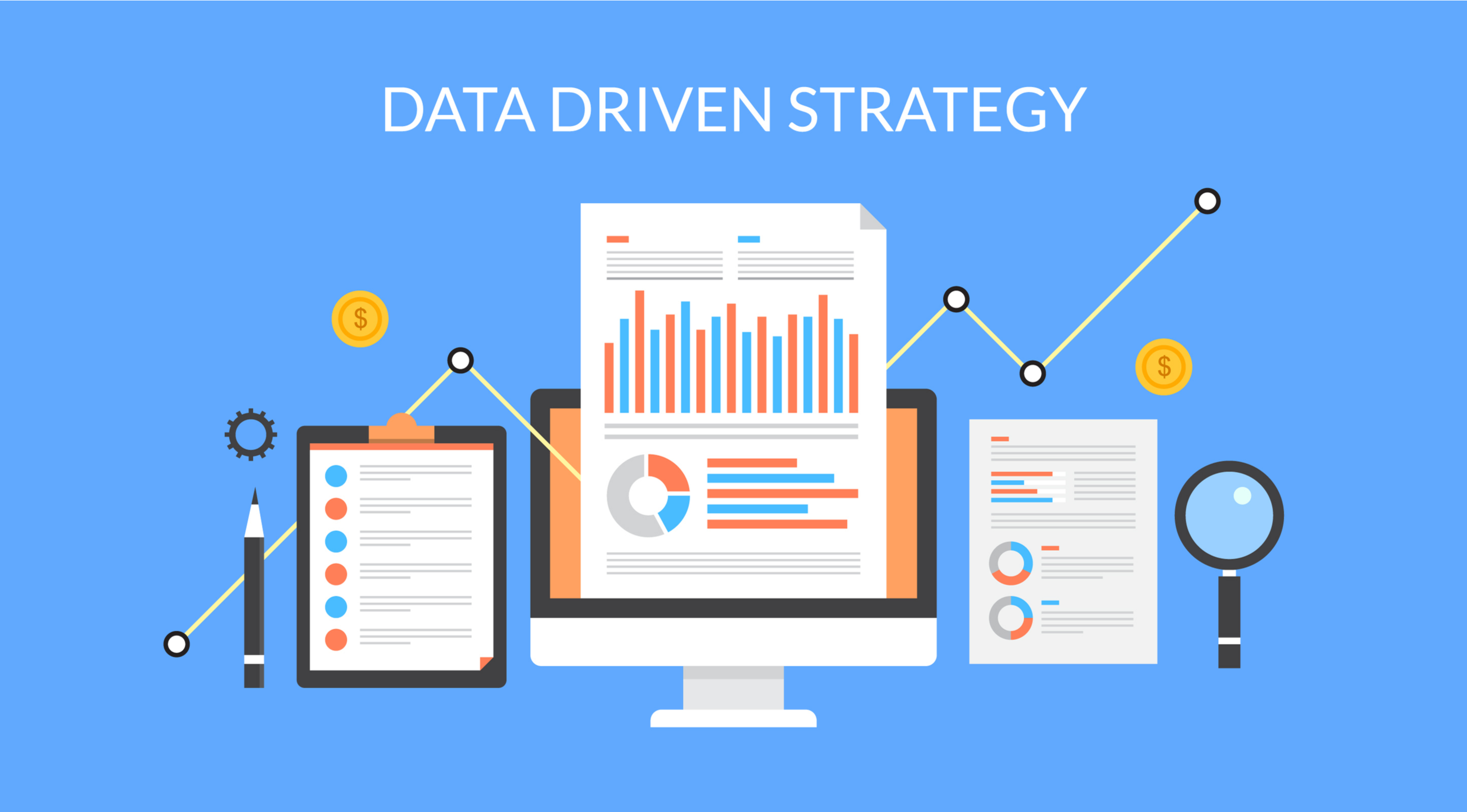


EHR Clinical Data Analytics and Its Impact on Antibiotic Resistance
Antibiotic resistance is a growing global health crisis, putting patients at risk and complicating the treatment of common infections such as pneumonia. Healthcare providers need efficient tools to identify and manage antibiotic resistance effectively.
If left unchecked, antibiotic resistance can lead to prolonged hospital stays, increased healthcare costs, and even death. The need for a comprehensive solution to identify and manage antibiotic-resistant infections has never been more critical.
EHR clinical data analytics with Natural Language SQL (NLSQL) technology offers a powerful approach to address this challenge by providing a bird's-eye view of patient data, particularly in cases where patients have been diagnosed with pneumonia and antibiotic resistance to cefazolin or ampicillin. This technology can lead to improved patient outcomes and contribute to the global fight against antibiotic resistance.
EHR clinical data analytics with NLSQL technology is a transformative solution for addressing the growing problem of antibiotic resistance, especially for patients …
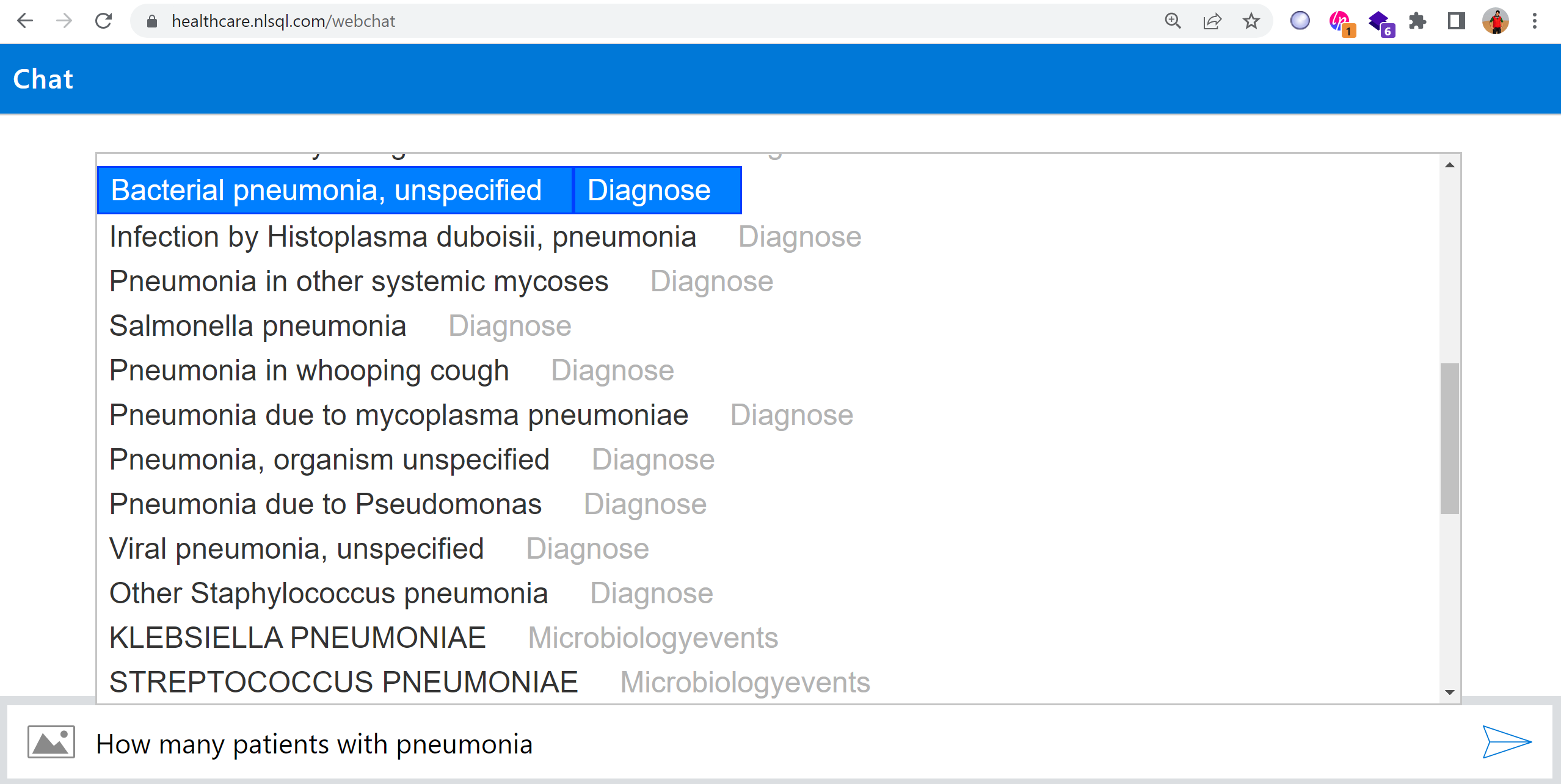
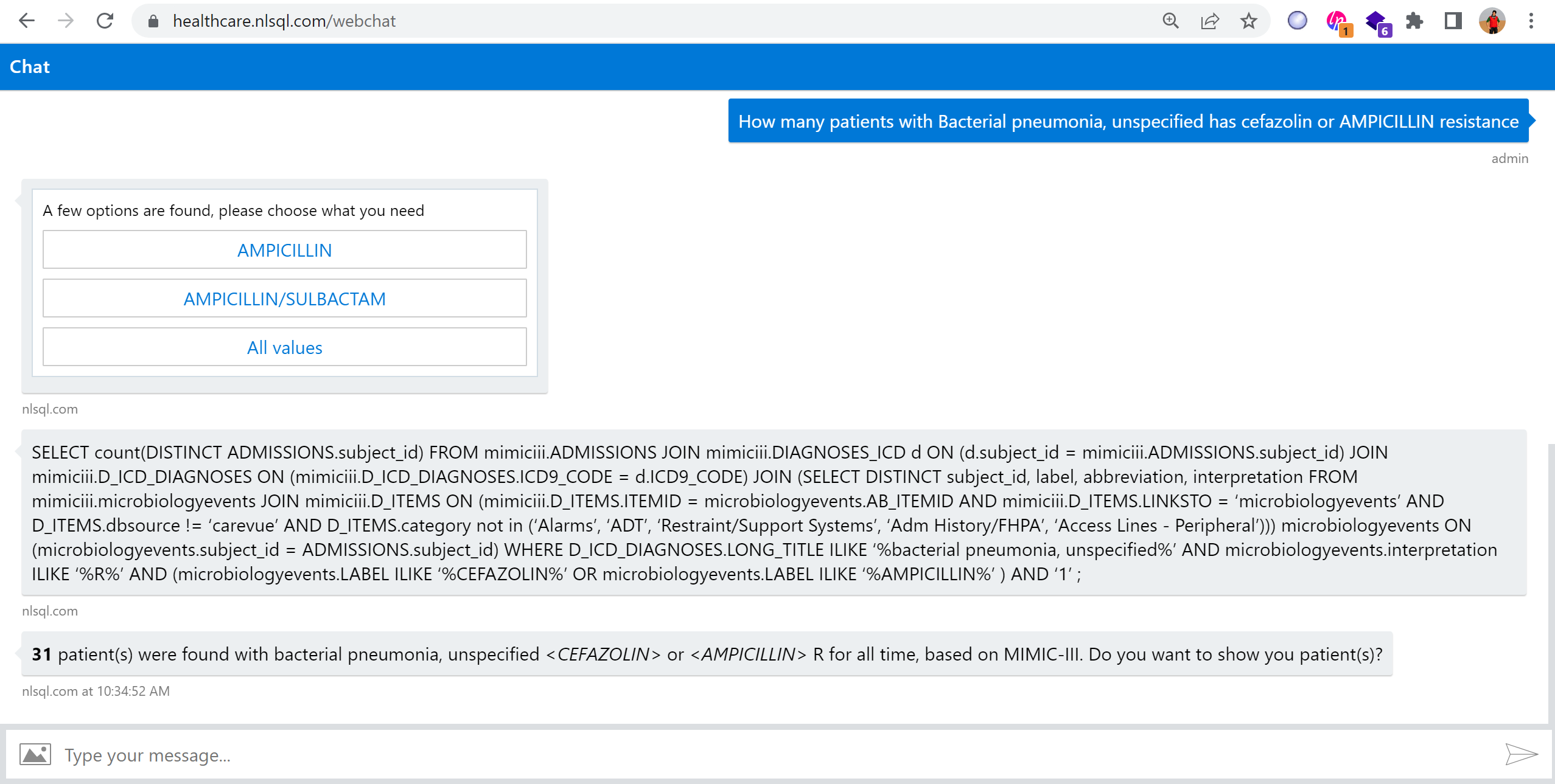
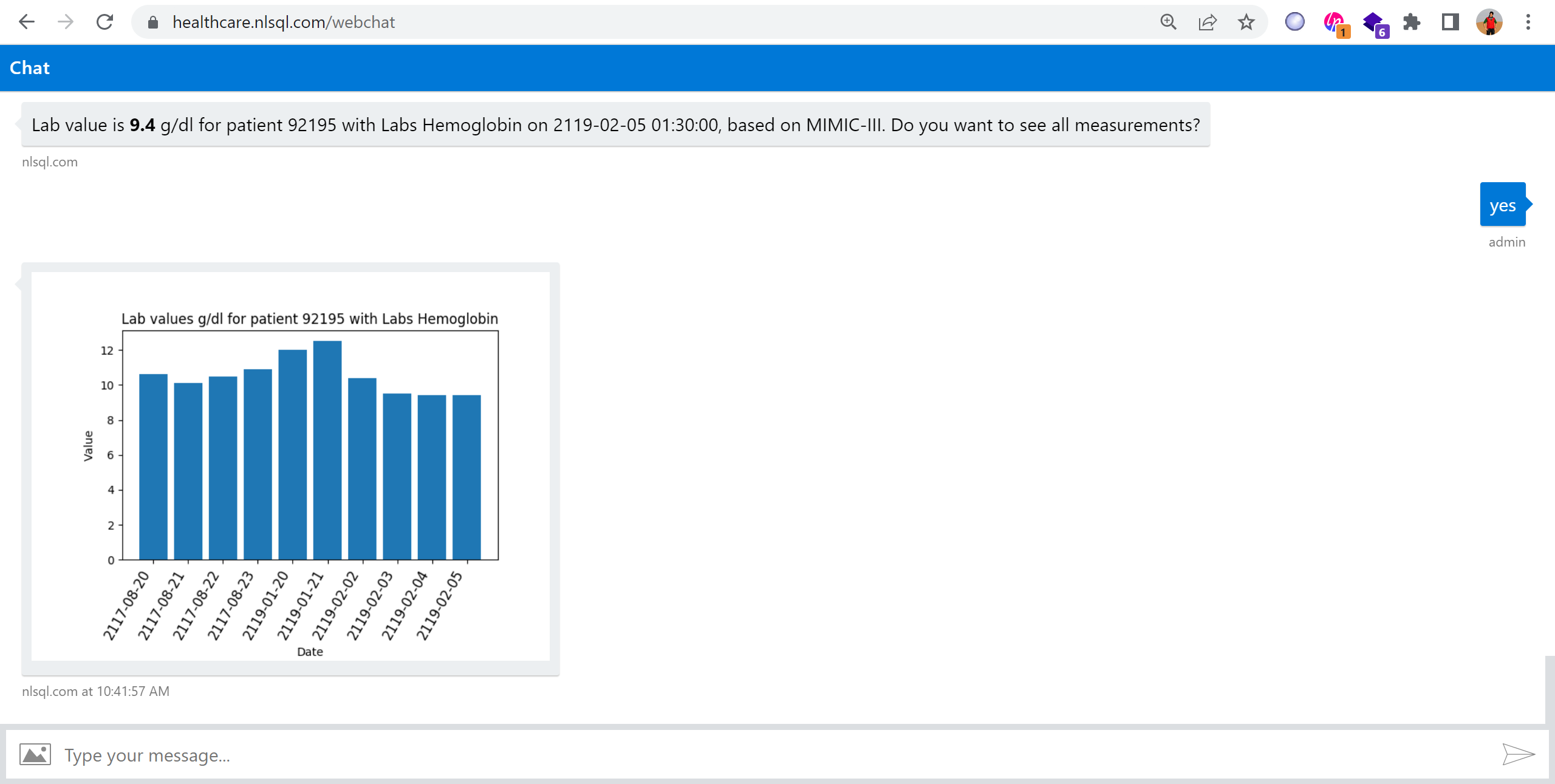
Effective Business Negotiations Skills
Natural Language SQL (NLSQL) technology has become an indispensable tool for businesses of all sizes, allowing users to quickly access data without requiring specialized technical skills. One area where NLSQL can be particularly valuable is in planning negotiations, where having access to relevant data and information can make a significant difference in the outcome.
One model for planning negotiations that can be enhanced by NLSQL is the 4-step "Keyhole" model. This model provides a structured framework for negotiating, with the following steps: preparation, opening, bargaining, and closing. Let's take a closer look at how NLSQL can support each of these steps.
Preparation: The first step in the 4-step "Keyhole" model is preparation, which involves gathering information about the other party, identifying your goals and priorities, and anticipating potential obstacles or challenges. NLSQL can be used to quickly and easily query databases for relevant information, such as past business indicators, market …

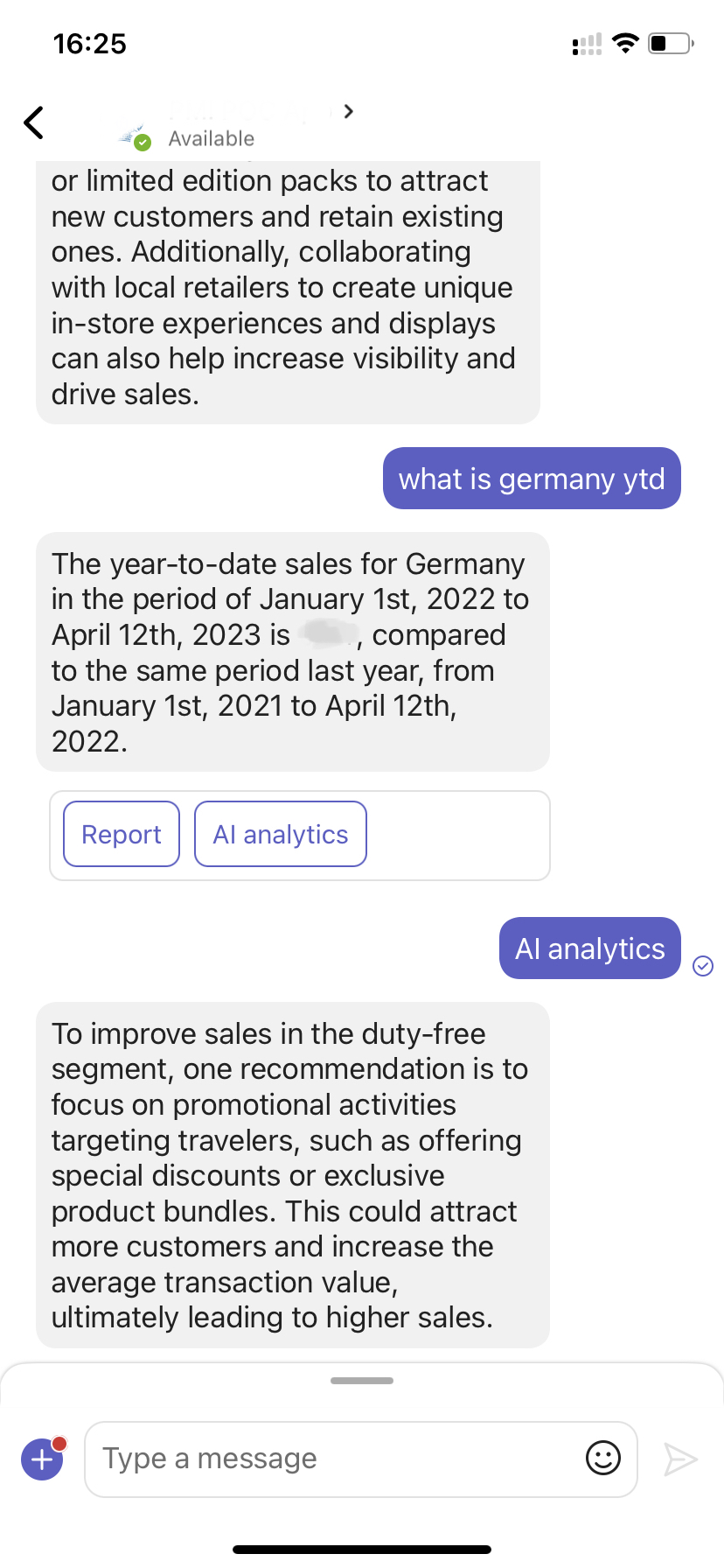
Where are we today with Natural Language to SQL?
As organisations generate more data, the ability to extract insights from that data becomes increasingly important. SQL is a powerful tool for querying databases, but creating SQL queries can be time-consuming and difficult, especially for non-technical users. Natural Language to SQL (NLSQL) technology offers a solution to this problem, allowing users to generate SQL queries using natural language.
The advantages of NLSQL go beyond simply reducing the time and effort required to create SQL queries. NLSQL is highly customizable, allowing users to train the technology to understand specific terms and phrases relevant to their business. This means that NLSQL can be tailored to the unique needs of each organization, making it a highly versatile tool.
Additionally, NLSQL can work with a variety of data sources, including structured, semi-structured, and unstructured data. This makes it a valuable tool for organizations that need to analyze data from multiple sources. By using NLSQL, …
More:
Start Your Free Demo Now
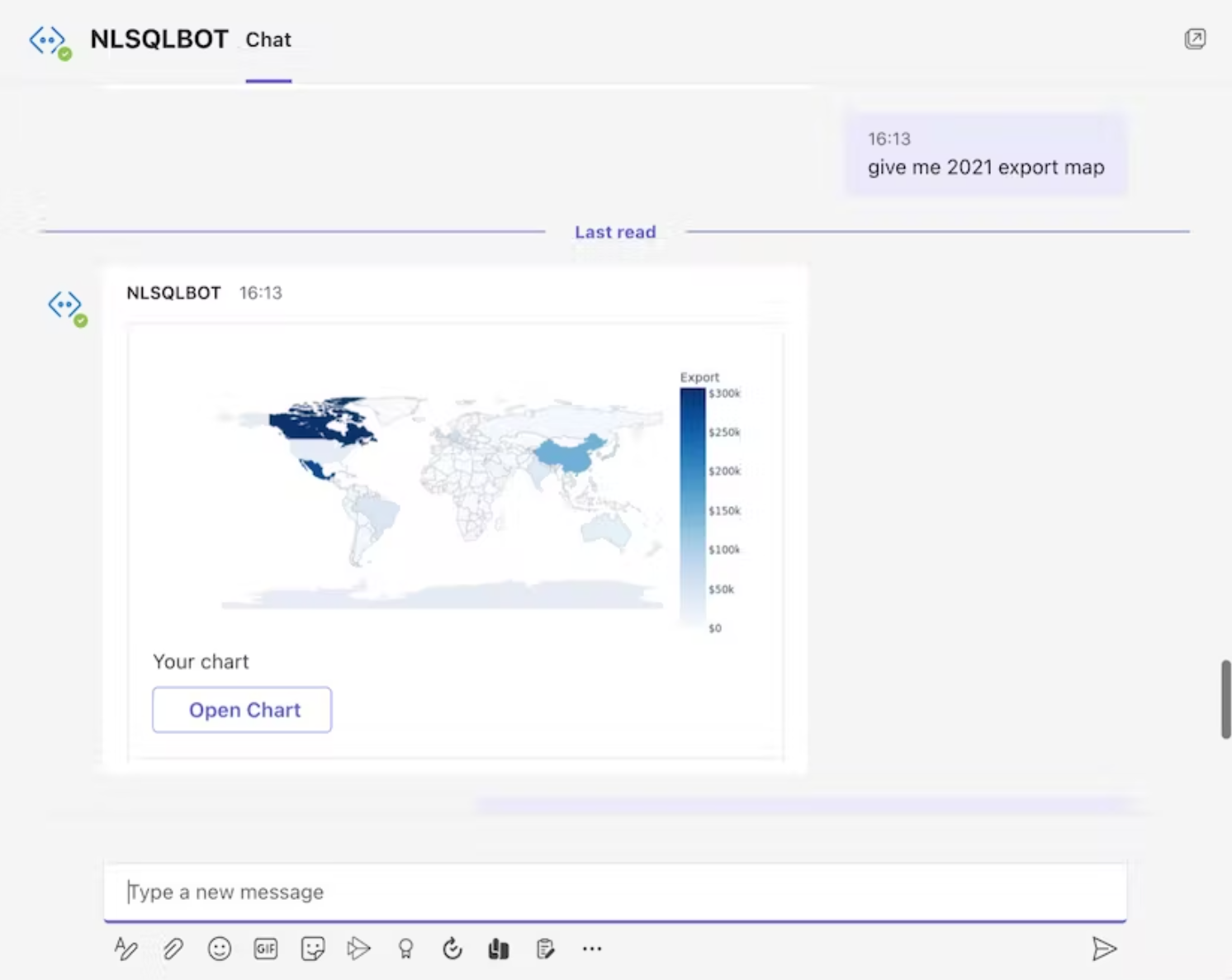

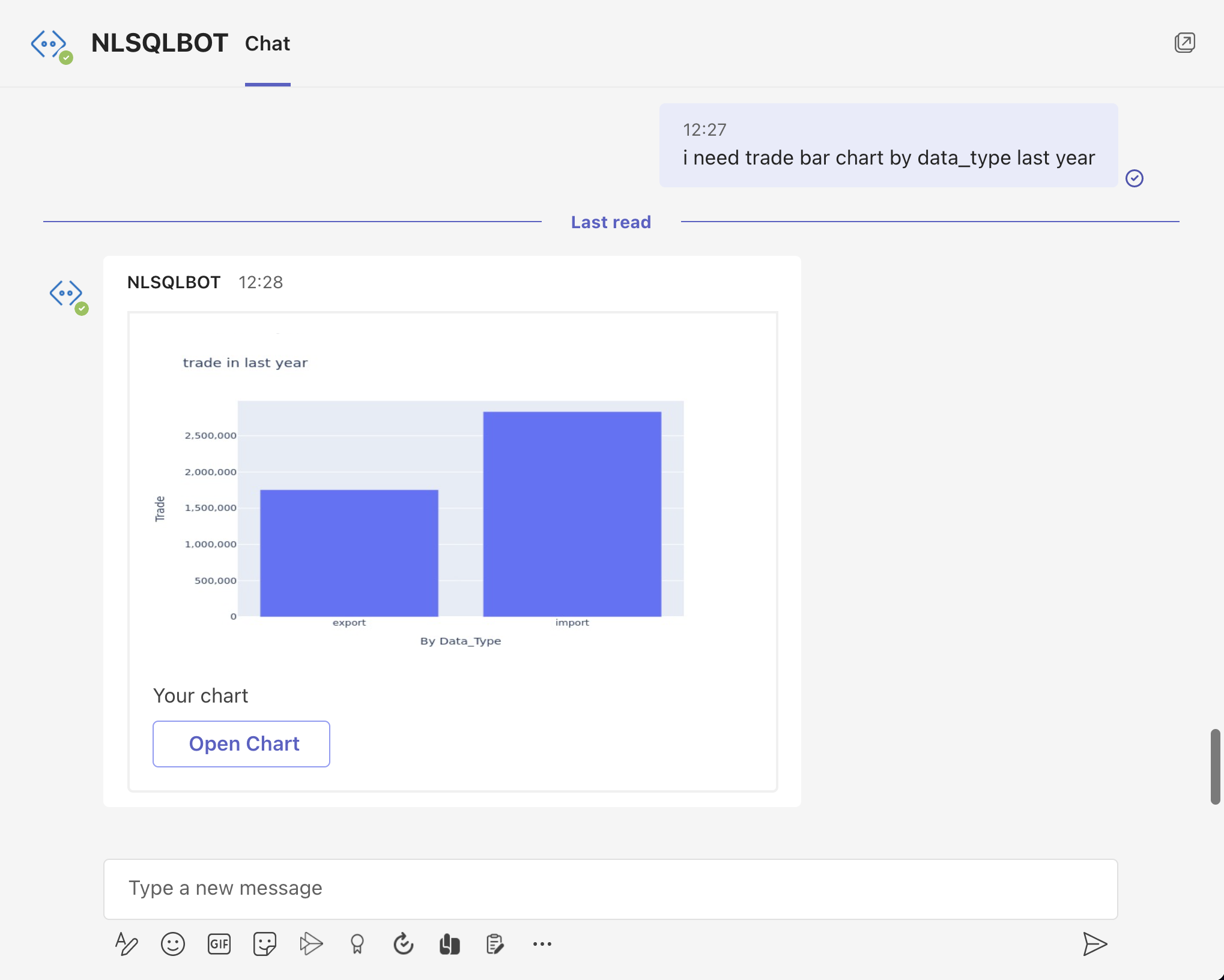
How to maximize the value obtained from data analytics?
In today's fast-paced and ever-evolving business world, making informed decisions about the future of your company is more critical than ever. From determining the number of new employees to hire, forecasting demand and product units to order, and predicting when equipment is likely to break down, business leaders must leverage data to make well-informed decisions.
Gone are the days when only data scientists and business analysts were expected to know how to use and process data. With the increasing availability of vast amounts of data from various sources, managers and leaders are expected to understand how to assess the quality and usefulness of data and justify decisions based on insights drawn from the data.
In this post, we explore the importance of using data for business decision-making and the key steps involved in maximizing its value.
Step 1: Understanding the Nature of Your Data
It is essential to understand whether …
More:
Start Your Free Demo Now


